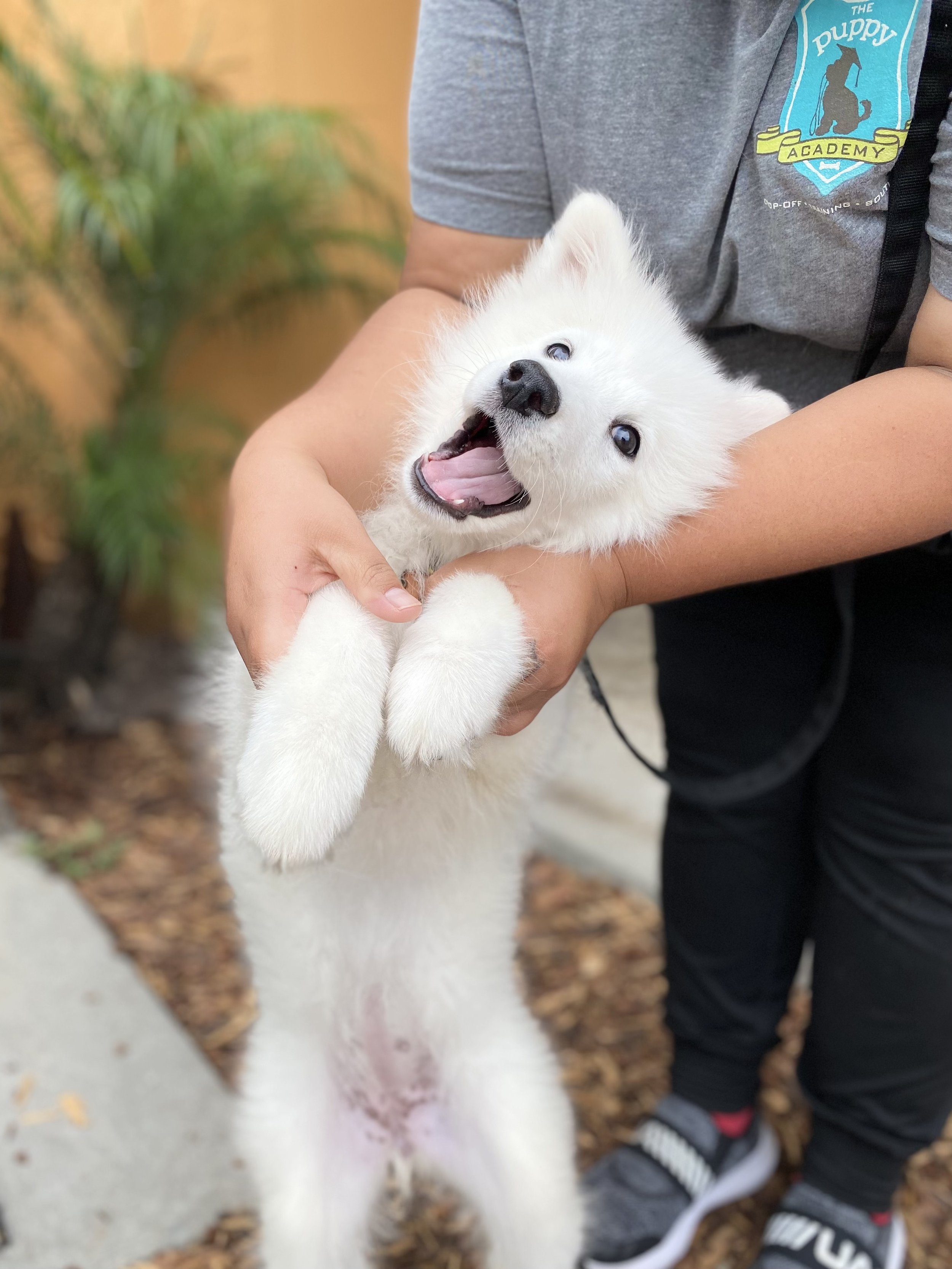Top Pup Training Methods to Guarantee a Mannerly Pet Dog
Effective pup training is vital for growing a well-behaved buddy, and different strategies can significantly affect a dog's growth. As we check out these methods even more, it becomes clear that the success of puppy training pivots on a combination of methods that can transform your animal's actions in impressive means.
Positive Reinforcement Strategies
Using positive support methods is necessary for reliable puppy training, as it urges preferred actions through incentives as opposed to penalty. This method maximizes the natural learning processes of dogs, strengthening etiquette by supplying concrete and instant benefits, such as treats, praise, or play. By associating positive outcomes with details actions, puppies are most likely to duplicate those behaviors in the future.
Efficient positive reinforcement entails timing and consistency. Rewards ought to be provided immediately after the preferred habits strikes produce a clear link in the young puppy's mind. Furthermore, differing the types of incentives can preserve a pup's rate of interest and inspiration throughout the training procedure. Some puppies may react much better to spoken appreciation while others may like a favored plaything or reward.

Consistency in Educating Commands
Keeping consistency in training commands is crucial for enhancing the lessons found out through favorable support methods. Dogs flourish on regular and predictability, so utilizing the exact same verbal commands and hand signals for specific habits is important. This harmony aids pups understand what is anticipated of them, lowering confusion and disappointment for both the family pet and the trainer.

Timing additionally plays a significant function in uniformity. Commands must be delivered promptly during training sessions and followed promptly by positive reinforcement, such as deals with or praise. This prompt reaction assists solidify the association in between the command and the desired behavior.
Including uniformity right into training sessions will develop a stable knowing atmosphere, promoting quicker mastery of commands. Eventually, a well-structured technique fosters a strong bond in between the puppy and its proprietor, bring about a more well-behaved and loyal animal.
Socializing With Other Pet Dogs
Socializing with other animals is essential for a pup's advancement, as it helps them learn suitable habits Full Report and interaction skills in varied social contexts. Very early interactions with various pets can dramatically influence a puppy's personality and adaptability in numerous circumstances. When pups are exposed to a range of pet dogs, they come to be extra certain and much less afraid, which can prevent potential behavior concerns later on in life.

Furthermore, observing body language throughout communications is crucial. Instruct your puppy to identify signals from various other pets, such as indicators of playfulness or pain, fostering mutual regard and understanding. Normal socialization not just improves your young puppy's social abilities however likewise adds to their general health, developing a much more harmonious living environment. In verdict, prioritizing communications with other family pets will produce a socially adept and all-around canine.
Cage Training Advantages
Acknowledging the countless benefits of pet crate training can substantially boost both the puppy's and owner's experience. Crate training provides a risk-free and safe setting for puppies, guaranteeing they feel safeguarded when left alone. This sense of protection can dramatically lower anxiety and stress and anxiety levels for both the animal and the proprietor.
Furthermore, cages function as a beneficial house-training device. Pups normally stay clear of dirtying their resting area, therefore motivating them to hold their bladder till they are let outdoors. This instinct can quicken the house-breaking process, promoting excellent behaviors early.
Crate training also helps this hyperlink in taking care of a young puppy's behavior when without supervision. By providing an assigned space, owners can prevent damaging behaviors, such as eating on furniture or entering damaging substances. Dog crates can be valuable during travel, offering an acquainted area that can help calm a pup in brand-new atmospheres.
Lastly, establishing a pet crate routine encourages independence, enabling puppies to discover how to be alone without worry. Generally, dog crate training is an effective approach for advertising security, harmony, and technique, resulting in a well-adjusted, well-behaved family pet.
Leash Training Essentials
Leash training is a basic element of liable pet possession that guarantees a secure and pleasurable strolling experience for both the young puppy and its proprietor. Correct leash training starts early, preferably throughout the puppy's socializing period. This training aids establish excellent habits and advertises favorable behaviors when out in public.
To start, pick a comfortable collar or harness that fits your puppy well. Attach a strong chain, ensuring it is not too long, as this can result in drawing and unpredictable habits. Begin in a silent atmosphere to minimize interruptions and slowly introduce your young puppy to brand-new surroundings.
Use positive reinforcement techniques, such as treats and appreciation, to motivate your pup to walk beside you. If your puppy draws, stop strolling and wait for them to return to your side before continuing.
Additionally, incorporate short training sessions with fun distractions to develop your young puppy's emphasis. With commitment and persistence, leash training will certainly lead to a well-mannered friend, making strolls delightful for both the pup and the owner.
Verdict
In verdict, using reliable pup training strategies is critical for developing a mannerly family pet. Generally, these approaches jointly promote an unified relationship in between puppies and their proprietors.
As we check go out these approaches better, it becomes clear that the success of young puppy training pivots on a combination of techniques that can transform your pet dog's behavior in exceptional means.
Using favorable support techniques is important for reliable puppy training, as it motivates wanted actions via incentives rather than punishment.Crate training likewise assists in handling a puppy's behavior when not being watched.Leash training is a fundamental facet of accountable pet dog ownership that makes certain a delightful and secure strolling experience for both the puppy and its proprietor.In verdict, using efficient pup training techniques is essential for developing a well-behaved animal.
Comments on “Common Mistakes to Avoid in Puppy Training and How to Correct Them”